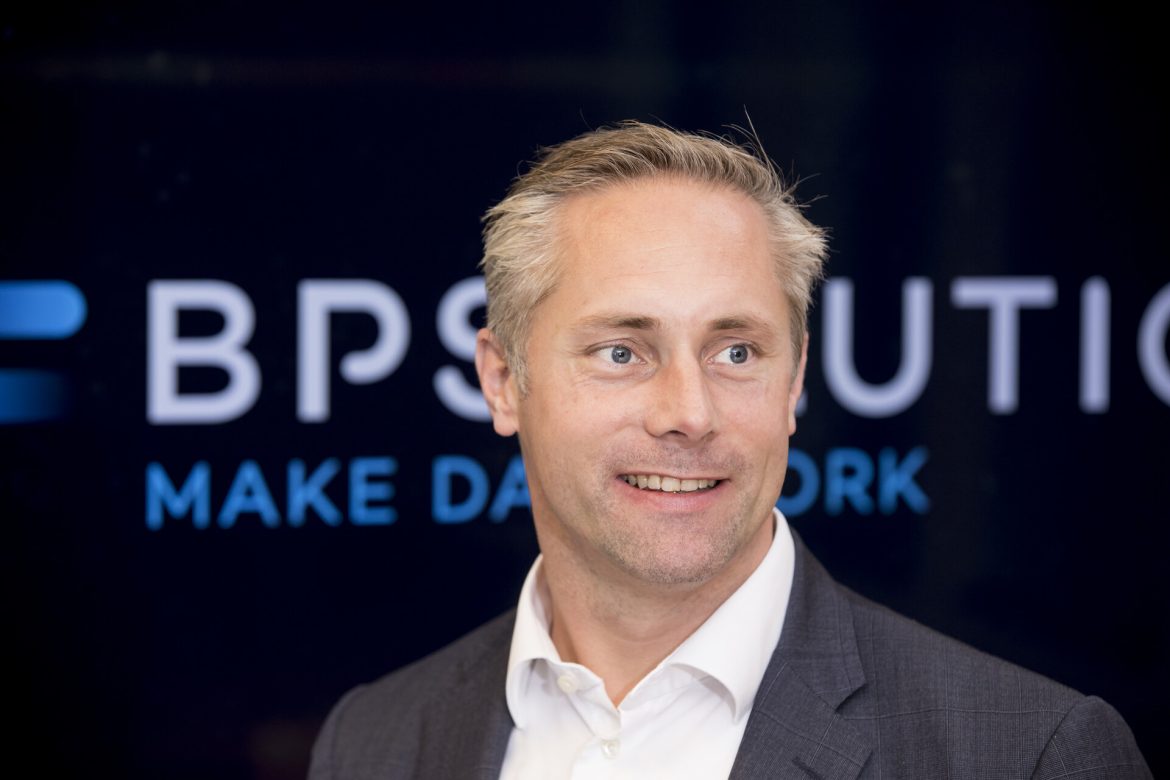
The promise of the cloud is beautiful: as an organization you only focus on the activities that distinguish you and we do the rest. Unfortunately, the reality is somewhat more unruly, says Mark de Groot, CEO of BPSOLUTIONS: 'The cloud makes a data center more complex because it is 'software-defined'. On the other hand, it also provides more business value and the business case is therefore almost always positive, provided the right choices are made in line with the long-term business strategy.'
In the early days of 'the' cloud, it all seemed so simple: we transfer everything and then we only focus on our core business. While much of this promise is true, it's not as simple as it seems. Take the costs: in the short term it may be cheaper to move to the cloud, but according to Mark de Groot of BPSOLUTIONS that should not be the main reason.
“The different consumption models have their own return-on-investment (ROI) characteristics. For example, lift-and-shift migrations to the public cloud seem limited in the one-time costs, but the ROI is nil. Transitions to SaaS and PaaS require more one-time investments and more time, but can deliver up to 40% productivity gains. Business cases to bring home.”
Public or private cloud
Whether it is smart to opt for a public cloud or on-premise cloud differs per organization. As an example, he tells about Adyen, who has his own data centers and therefore keeps data and applications close by. “They do this because application and infrastructure services interact deeply and payment transactions have to be done at lightning speed. Bol.com, on the other hand, uses the public cloud applications because that is how they create the most business value. The choices regarding cloud therefore strongly depend on the business strategy and the objectives of your organization.”
If you have defined a cloud strategy for your organization with clear principles and guidelines, you can determine where the applications and data should land. “This makes it clear that, for example, you generate the most value by purchasing a SaaS solution. For most organizations, there will be a hybrid environment of private and public cloud that is constantly subject to change due to changing workloads.”
Processes, data and applications intertwine
De Groot mentions interoperability as another factor that guides the selection process. It is one of the more complex things that some organizations underestimate. Processes, applications and data interlock in the chain. So you need to have a clear picture of your entire IT environment and its dependencies before you make a choice for an application that generates data that feeds other applications within the chain.
Good governance is important to ensure that the use of different clouds is managed in an integrated manner, says De Groot. “When choosing new environments, it is not only important that you look at availability, but also that you can keep data consistent throughout the IT environment and of course that the data is safe according to the guidelines and standards of the organization. Think about the entire chain: how do you guarantee continuity if one or more cloud solutions fail and how can you recover from this?'
The business has to think along
Just like so many choices a company makes, the question of 'how do I create added value with technology' is a puzzle that differs for every organization. Incidentally, it is not the case that only the CIO has to think about this: 'The process therefore does not only look at technology, but precisely how this technology creates value for the business. For a good cloud strategy, it is important that both IT and the business are involved in defining it.”
In addition to choosing a solution, you also choose a supplier, says De Groot. That supplier makes certain choices and how do those choices affect your continuity? That is why you make a trade-off between the risk you run if you invest your data elsewhere and the added value that such a solution offers. But also look at the long term: what vision does the cloud supplier have and does it align with your own vision of the future?
Change is inevitable
But even if you have made a good decision, there may come a time when you want to switch, for example because another solution offers more value. “Organizations underestimate that, because they often think about the value that a solution will deliver now. However, suppliers, their technology and their pricing models are constantly evolving, so change is inevitable. An exit strategy is indispensable to reduce the risk of a vendor lock-in.”
A cloud contract always contains an exit strategy. De Groot: 'Make sure you have a thorough step-by-step plan, because when the service no longer runs as desired, it is good that you have a pre-agreed plan that you can follow seamlessly, all the more often emotions are involved in this phase. It's all about risks and business continuity," says De Groot.
Successful migration
Good preparation is half the success of a migration, says De Groot. “It's all about realizing the business strategy by, for example, increasing organizational productivity, being able to innovate faster and lower costs. The aim is to create more business value, for example by reducing costs, introducing new business models or automating processes. If the strategic considerations are well defined, a plan can be made per workload that creates the most value for the organization.
Source: Dutch IT Channel
Want to make your world a little smarter?
Get in contact with Cedric Jacott and we will reach out to you.
Related Articles
Cyberaanval! Ben jij er klaar voor?
1/04/2025
Cybersecurity & Continuïteit: Isolated Recovery Environment as a Service
27/03/2025
Cybersecurity & Continuïteit: BaaS alleen is niet genoeg
25/03/2025
Cyberaanval? De impact is groter dan je denkt
23/03/2025
Detectie en isolatie: voorbereiden op een cyberaanval
18/03/2025











